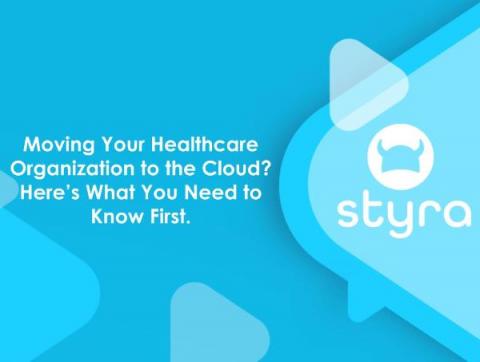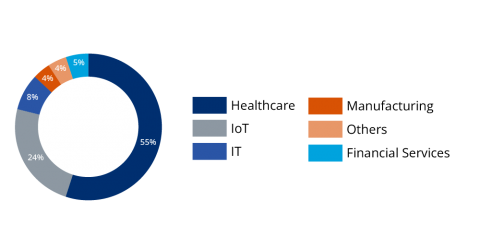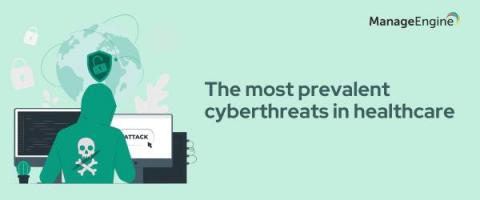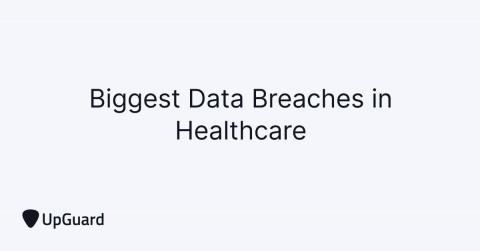The Impact of Cyberattacks on Healthcare
While the COVID-19 pandemic brought much of the world to work together to advance medical research and slow the spread of the disease, it may be of little surprise that cyber threat actors took advantage of the pandemic for their own personal gain. While all industries can be affected by a cybersecurity incident, the nature of the health and human services industry’s mission poses unique challenges.











